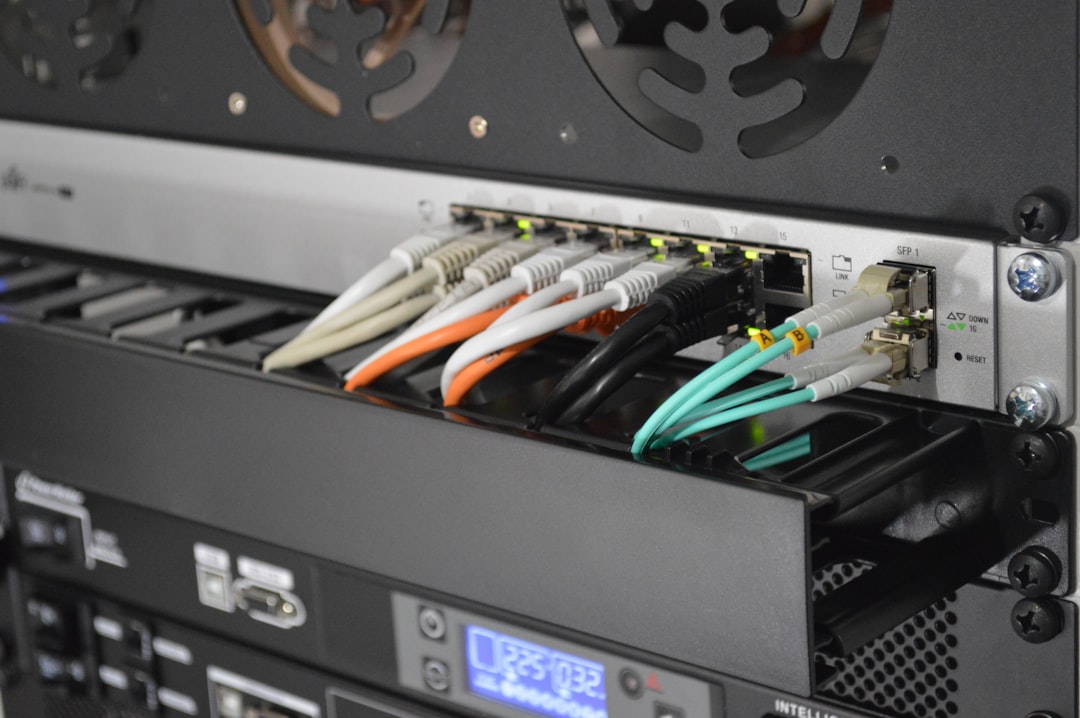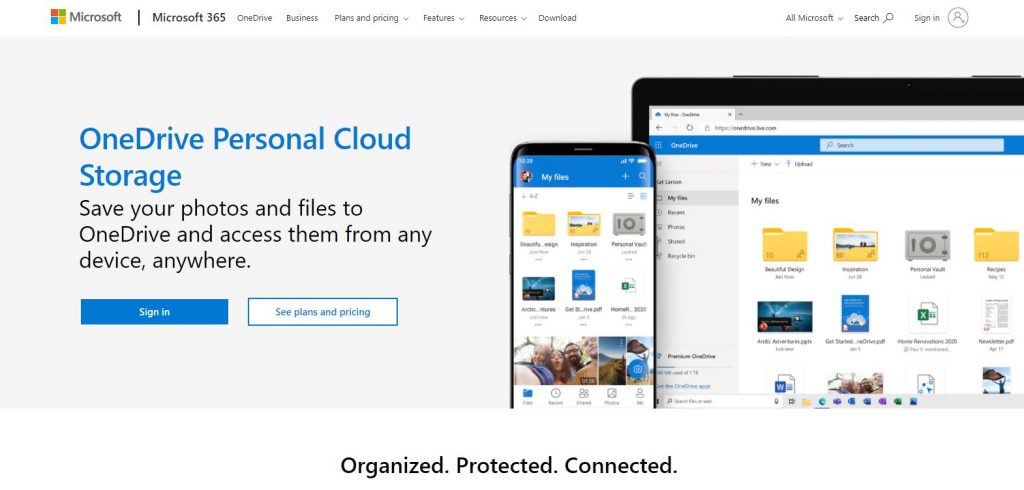Running a dedicated server comes with a great deal of responsibility. Whether you manage a growing e-commerce platform, a busy enterprise database, or a media-heavy website, one of the most critical tasks is ensuring that your data is safely and consistently backed up. Data loss due to hacking, hardware failure, or human error can lead to massive disruptions and irreparable damage. To safeguard your valuable assets, following best practices for backing up dedicated server data is essential.
1. Understand the 3-2-1 Backup Rule
One of the golden rules in the data management world is the 3-2-1 backup strategy. This means:
- 3 copies of your data
- 2 different media types for storage (e.g., on-site disk and cloud)
- 1 copy off-site to safeguard against physical disasters
Implementing this rule ensures that you have multiple layers of protection, significantly reducing the risk of complete data loss.
[h2]
2. Automate Your Backup Processes
Manually performing backups is prone to errors and neglect. By automating your backup process, you ensure that backups occur consistently, even during off-hours. Most operating systems and third-party tools, like rsync, Bacula, or R1Soft, allow you to schedule regular backups without human intervention.
Be sure to log each backup activity and monitor alerts for any failed tasks. Automation saves time and adds a layer of reliability to the backup system.
3. Choose the Right Backup Type
There are several backup types, and what you should use depends on your server’s function and the criticality of your data:
- Full backups: A complete copy of all data; slower to process but comprehensive
- Incremental backups: Only saves changes since the last backup; faster and storage-efficient
- Differential backups: Saves changes since the last full backup; a middle ground between full and incremental
In most cases, a hybrid model (e.g., weekly full backups and daily incremental backups) offers the best balance between performance and reliability.
4. Store Backups Securely
Your backups are only useful if they are protected against unauthorized access. Protect both local and cloud backups using:
- Encryption to secure data in transit and at rest
- Access controls based on user roles
- Firewalls and VPNs to isolate backup locations
Regularly test permissions to ensure that only authorized personnel have access. Remember, backups are a target for cybercriminals too!
5. Test Your Backups Regularly
Backing up your data is only half the job; verifying that you can restore it successfully is just as vital. A corrupted or incomplete backup is practically worthless during a crisis.
Create a schedule for testing your restores — at least monthly — and include testing in your disaster recovery drills. Simulate real-world recovery scenarios to evaluate how your system holds up under pressure.

6. Use Versioning to Protect Against Accidental Deletion or Ransomware
Data versioning is an excellent safeguard against human error or malicious activity. By keeping multiple versions of changed files, versioning allows you to recover an earlier state of your data — useful in cases of accidental deletion or ransomware attacks.
Many cloud storage solutions, like Amazon S3 and Dropbox for Business, allow versioning, making it easier for administrators to roll back changes when needed.
7. Monitor and Audit Your Backup Strategy
A solid backup strategy should include continuous monitoring and a regular audit cycle. Watch for signs of storage limits, slow backups, or unusual behavior that could indicate hardware issues or security failures.
Monthly audits can identify gaps in coverage, outdated backup schedules, and unnecessary duplication. Staying proactive helps avoid surprises when you need recovery most.
Conclusion
Backing up a dedicated server is not a one-time task — it’s an ongoing commitment. By applying these best practices, you’re taking essential steps to ensure your data remains safe, accessible, and available no matter what unexpected events occur. Implement the 3-2-1 rule, automate wisely, choose the right methods, and don’t forget to test. With a strong backup plan in place, you can breathe easier knowing you’re prepared for whatever comes next.


